Let's be honest, when you hear "Japanese snacks," your mind probably flashes to the bright, colorful boxes of Pocky or the wild world of unique KitKat flavors. And while those are definitely fun, they’re just the tip of the iceberg. The real heart of Japanese snacking is something else entirely—it’s a world built on centuries of mindful eating, balance, and letting natural ingredients shine.
Forget the artificial flavors and sugary overload for a minute. Imagine the deep, savory satisfaction—that incredible umami taste—you get from a perfectly baked rice cracker. Picture the salty, mineral-rich crunch of a sheet of roasted seaweed. This isn't just about quieting a rumbling stomach; it's about savoring simple, genuine flavors.
Beyond Pocky: Exploring Real Healthy Japanese Snacks
Authentic Japanese snacks come from a long tradition that values simplicity and minimal processing. Instead of relying on tons of sugar or fat for flavor, they celebrate whole foods like soybeans, seaweed, and rice in their most natural, delicious forms.
The Core Principles of Healthy Snacking
So, what’s the secret? It boils down to a few key ideas that are deeply ingrained in the culture:
- Minimal Processing: Many of the best snacks are simply baked, dried, or fermented. This approach keeps the good stuff—all the vitamins and minerals—right where they belong.
- Nutrient-Dense Ingredients: Staples like edamame (soybeans), konnyaku (a jelly-like food from konjac root), and nori (seaweed) are absolute powerhouses of fiber, protein, and essential nutrients.
- Portion Control: It's all about quality, not quantity. As you’ll see in our guide to crafting perfect Japanese bento box ideas, small, thoughtful portions are key. This encourages you to eat mindfully and truly enjoy what you're having.
This isn't just a small, niche trend; it's a massive, growing movement. The demand for healthy Japanese snacks is exploding, with the market hitting roughly USD 3.38 billion in 2023. It’s even projected to reach USD 5.13 billion by 2030. A huge piece of that pie, holding a 35.7% revenue share, comes from fruits, nuts, and seeds, which just shows how much people are leaning into natural options. You can dive deeper into these market trends in the full report on Grand View Research.
The beauty of Japanese snacking is in its harmony. Flavor and wellness aren’t fighting each other; they work together to create treats that are genuinely delicious and good for you.
To give you a clearer picture, here’s a quick rundown of the main categories of healthy snacks you'll find in Japan.
Quick Guide to Healthy Japanese Snack Categories
This table breaks down some of the most popular types of healthy snacks, highlighting what makes them great and giving you a few examples to look out for.
| Snack Category | Primary Health Benefit | Common Examples |
|---|---|---|
| Rice Crackers (Senbei) | Low-fat, baked not fried, provides satisfying crunch | Soy sauce senbei, seaweed-wrapped senbei, shrimp crackers |
| Seaweed Snacks (Nori) | Rich in minerals (iodine, iron), low-calorie, high-fiber | Roasted nori sheets, seasoned seaweed strips (kizami nori) |
| Soy-Based Snacks | High in plant-based protein and fiber, very filling | Edamame, roasted soybeans (irimame), dried tofu |
| Fish & Seafood Snacks | Excellent source of omega-3 fatty acids and protein | Dried squid (surume), small dried fish (niboshi) |
| Beans & Nuts | Packed with protein, healthy fats, and fiber | Sweetened red beans (amanatto), roasted broad beans |
Now that you've got a map, you’re ready to explore. This guide will introduce you to these categories and more, setting you up for a delicious journey into guilt-free snacking that's as flavorful as it is nourishing.
The Savory Side Seaweed, Beans, and Rice Crackers
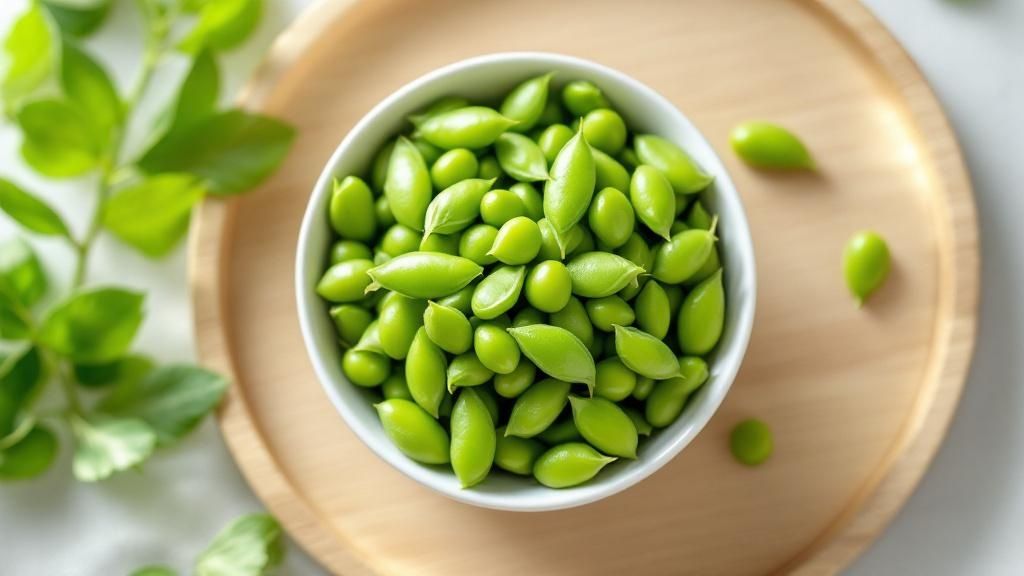
When that craving for something salty and crunchy strikes, it’s all too easy to grab a greasy bag of potato chips. But there’s a much more rewarding path in the world of Japanese snacking. This is where you find the real heart of savory satisfaction, built on ingredients that pack incredible flavor and texture without the unhealthy fats. Three staples really shine in this space: seaweed, beans, and rice crackers.
These aren't just snacks; they're a smarter way to satisfy your cravings. Each one offers a totally unique experience, from the crisp, mineral-rich taste of the sea to the protein-packed punch of a simple bean. They're the pillars of a snacking philosophy that puts nourishment right alongside flavor.
The Power of Baked Rice Crackers
Think of senbei (rice crackers) as the elegant, healthier cousin of the potato chip. Instead of being deep-fried in oil, most traditional senbei are baked or grilled. This gives them a light, airy crunch that’s just so satisfying. That simple swap makes a huge difference, cutting down significantly on unnecessary fats and calories.
The magic of senbei is all in its simplicity and versatility. The base is just rice, which is then seasoned with classic Japanese flavors.
- Shoyu (Soy Sauce): A simple glaze of soy sauce lends a deep umami flavor that is both savory and complex.
- Nori (Seaweed): Some crackers come wrapped in a thin sheet of roasted seaweed, adding a salty, oceanic note and extra nutrients. To learn more about this perfect pairing, check out our guide to delicious rice crackers with seaweed.
- Sesame Seeds: Toasted sesame seeds bring a nutty flavor and a boost of healthy fats.
This focus on baking over frying means you get all the crunch you're looking for, minus the guilt.
A single serving of baked rice crackers can have less than half the fat of a comparable serving of fried potato chips, making them a superior choice for heart-conscious snackers.
Seaweed and Beans: The Nutrient-Dense Duo
Moving beyond rice, seaweed snacks offer a unique and compelling nutritional profile. Nori, the same seaweed used for sushi, is often sold in roasted, snack-sized sheets. These feather-light crisps practically melt in your mouth, delivering a concentrated burst of minerals like iodine—which is crucial for thyroid function—along with iron and fiber.
Finally, let's talk about the humble but mighty soybean. Edamame, which are young soybeans, are a total snacking powerhouse. Usually steamed and lightly salted, they provide an excellent source of plant-based protein and fiber, making them incredibly filling. A single cup of edamame packs around 17 grams of protein, helping to keep hunger away for hours.
Together, these snacks prove that savory can be simple, delicious, and genuinely good for you.
Naturally Sweet Treats: Fruits and Mochi
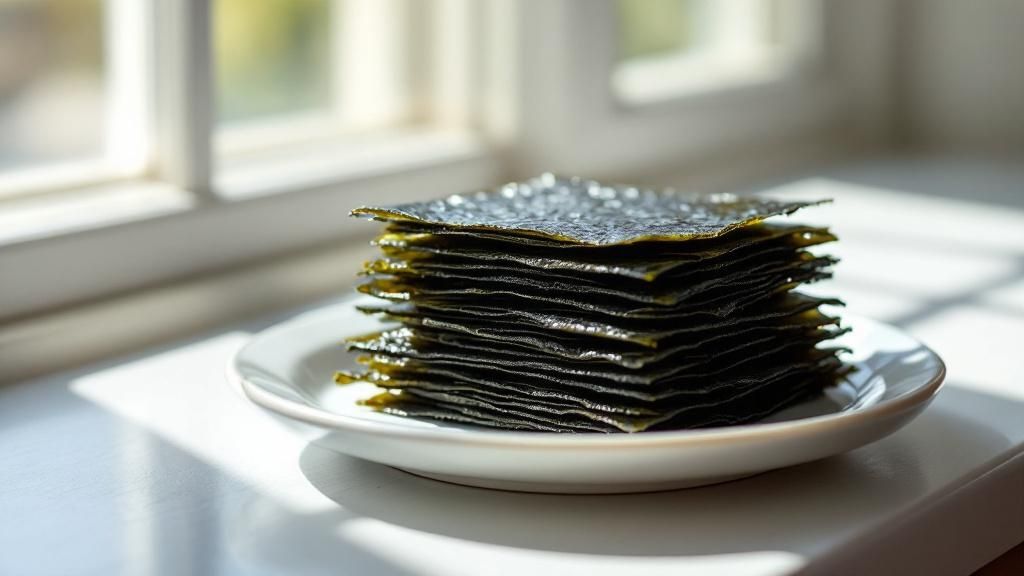
When you hear the word "sweets," what comes to mind? For most of us, it’s sugar-loaded cakes and candy. But the world of healthy Japanese snacks offers a completely different take on sweet treats—one where incredible flavor comes from the ingredients themselves, not from heaps of added sugar. It's all about celebrating sweetness in its purest form.
A perfect example of this philosophy is hoshigaki, or dried persimmons. These are a world away from your average dried fruit. They're made through a painstaking process of sun-drying and gentle hand-massaging over several weeks, which coaxes out and concentrates the persimmons' natural sugars. The result is a chewy, almost jam-like delicacy with a deep, honeyed sweetness. It even develops a beautiful white "frost" from its own crystallized sugars—no additives needed.
The Wonderful World of Mochi
Another beloved classic is mochi, a wonderfully chewy cake made from pounded glutinous rice. At its heart, mochi is a simple, versatile food with a subtle sweetness and a uniquely satisfying texture. While you can find modern versions filled with ice cream or sugary creams, traditional mochi is a much more wholesome experience.
The magic of mochi is in its simplicity. It's made from just glutinous rice and water, making it a naturally gluten-free snack. It provides a great source of carbohydrates for sustained energy, which is a much smarter choice than desserts full of empty calories.
Traditional mochi is often enjoyed in ways that highlight its natural goodness.
- Daifuku Mochi: This is probably the most famous style. It features a soft mochi shell filled with anko, a lightly sweetened red bean paste. Anko adds a welcome dose of fiber and plant-based protein, turning a simple sweet into a more balanced and filling snack.
- Kinako Mochi: Here, plain mochi is dusted with kinako, a toasted soybean flour. Kinako gives it a nutty, roasted flavor and a protein boost without any extra sugar.
- Yomogi Mochi: Flavored with Japanese mugwort, this variety has a lovely earthy, herbaceous taste and a beautiful green color that connects it to the changing seasons.
Beyond Rice: Sweet and Healthy Alternatives
The search for natural sweetness doesn't end with rice. Japanese cooking uses other unique ingredients to create healthy treats. Take konnyaku, a firm jelly made from the konjac yam, which is famous for being high in fiber and having almost zero calories. If you're curious about this amazing ingredient, you can learn more in our guide on what is konnyaku (https://buymejapan.com/blogs/japanese-skincare-and-beauty/what-is-konnyaku) and its many uses.
These snacks are tied directly to Japan's rich culinary heritage, proving that you can satisfy a sweet tooth in a way that is both incredibly delicious and genuinely good for you.
Functional Snacks for A Healthy Gut

Some of the most traditional Japanese snacks go way beyond just curbing your hunger pangs. They're what we call functional foods. Think of them as snacks with a specific mission. They don't just give you a quick energy boost; they actively work to improve your body’s well-being, especially when it comes to gut health.
This isn’t some new wellness trend. It’s an idea that lines up perfectly with ancient food traditions that modern science is only now beginning to fully appreciate. Fermentation, a true cornerstone of Japanese cuisine, is a fantastic example of this wisdom in action. These age-old techniques have given us snacks that are not only delicious but are also packed with the beneficial microorganisms our digestive systems crave.
Natto: The Probiotic Powerhouse
Let's start with a food that has a bit of a reputation: natto. Made from fermented soybeans, natto is famous for its uniquely sticky, stringy texture and a very strong, pungent aroma. It might be an acquired taste for some, but its incredible health benefits are totally worth giving it a try.
To make natto, soybeans are fermented with a specific bacterium called Bacillus subtilis. This process does more than just preserve the beans; it transforms them into one of the planet's richest natural sources of probiotics. These are the "good" live bacteria that help populate your gut, supporting better digestion and even giving your immune system a helping hand. If you want to get into the nitty-gritty of these amazing foods, you can learn more about Japanese fermented foods and their incredible benefits.
But natto's powers don't stop at probiotics. It's also one of the world's best sources of vitamin K2. This vital nutrient is a real team player, helping to guide calcium into your bones (where you want it) and away from your arteries (where you don't), which is great for both your skeleton and your heart.
Tsukemono: Japan's Flavorful Pickles
If natto sounds a little too adventurous for your first step, tsukemono (Japanese pickles) are a much more approachable and equally delicious entry point into functional snacks. And forget what you know about standard dill pickles! Tsukemono refers to a massive variety of vegetables pickled in different things like salt, miso, or even rice bran.
The pickling itself encourages the growth of beneficial lactic acid bacteria, which means many types of tsukemono are a fantastic natural source of probiotics. They offer a crunchy, salty, and incredibly flavorful way to support your gut microbiome.
Here are just a few popular types you might see:
- Kyurizuke: Crisp and refreshing pickled cucumbers.
- Hakusai no Shiozuke: Lightly salt-pickled napa cabbage. It’s a bit like kimchi in concept but much, much milder.
- Shibazuke: A beautiful, vibrant purple mix of pickled cucumber and eggplant, brined with red shiso leaves for a unique flavor.
The growing awareness around these kinds of functional foods is making a real impact. The Japan healthy snacks market was valued at USD 1.01 billion in fiscal year 2024 and is projected to grow to USD 1.48 billion by 2032, all thanks to health-conscious consumers. These snacks are a simple way to turn your daily routine into a small wellness ritual, one delicious bite at a time.
How to Find Authentic Healthy Japanese Snacks

Alright, so now that your taste buds are tingling for these incredible treats, where do you actually find them? The great news is that finding authentic, healthy Japanese snacks is much easier than you might think, no matter where you live. It really just comes down to knowing where to go and what to look for on the package.
Think of it like a fun little treasure hunt. Your best starting point is always going to be a dedicated Japanese or pan-Asian grocery store. These shops are absolute goldmines for the most authentic and diverse selections. You'll discover everything from savory rice crackers to specialty fermented foods you'd never spot in a standard supermarket.
The demand for these nutritious options is skyrocketing, too. In fact, the Japan healthy snacks market is projected to grow at a CAGR of 5.5% between 2025 and 2033. It’s a clear sign that people are catching on! You can dive deeper into the numbers in the full IMARC Group report.
Navigating the Shelves Like a Pro
Once you're in the store, reading the labels is your secret weapon. You don't need to speak Japanese to be a savvy shopper. Just keep an eye out for a few key clues that will help you separate the genuinely healthy snacks from the more Westernized, less nutritious versions.
Here’s what to look for on the packaging:
- Baked Over Fried: Keep an eye out for the kanji character 焼 (yaki), which means baked or grilled. This is a common sight on senbei (rice crackers) and is your cue that you're choosing a lower-fat option compared to anything fried.
- Simple Ingredients: The best snacks always have a short ingredient list. If you see ingredients like rice, seaweed, soybeans, or red beans near the top, you're on the right path. Be cautious of long lists that include MSG (monosodium glutamate) or high-fructose corn syrup.
- Focus on Whole Foods: This principle is a cornerstone of the entire diet. It's a philosophy you can learn more about in our detailed article on what makes Japanese food so healthy.
By prioritizing snacks made from whole, recognizable ingredients, you're not just choosing a healthier option—you're connecting with a centuries-old food philosophy centered on balance and natural flavor.
Finding Healthy Snacks Online
Don't have a local Asian market nearby? No problem. The internet is your best friend here.
Many fantastic online retailers now specialize in importing authentic Japanese foods directly to your door. These sites often put together curated boxes, which are perfect for sampling a wide variety of healthy Japanese snacks without having to commit to full-sized packages. It's a wonderful, low-risk way to discover new favorites and bring a taste of Japan right into your home.
Your Questions About Healthy Japanese Snacks Answered
As you start exploring the amazing world of Japanese snacks, it's totally normal to have a few questions. I get it! It can be a little confusing at first. This section is here to clear things up and answer some of the most common things people wonder about, so you can snack with confidence.
Are All Snacks from Japan Healthy?
That's a great question, and one I hear all the time. The short answer is no, not every snack from Japan is healthy.
Just like anywhere else, Japan has a huge variety of indulgent treats. Walk into any convenience store there, and you'll find aisles packed with colorful candies, rich chocolates, and salty potato chips that are loaded with sugar and unhealthy fats. They're tempting, for sure, but not exactly what you'd call nutritious.
The real secret to finding healthy Japanese snacks is to look for the traditional options we've been talking about. These are the snacks that come from a food culture that has always valued whole, minimally processed ingredients.
Here’s how to make the best choices:
- Go for Traditional Snacks: Keep an eye out for items made from classic ingredients like rice, seaweed, soybeans, red beans, and dried fruit.
- Check the Cooking Method: Look for words like "baked" (焼き or yaki) or "steamed." These are usually healthier than anything fried.
- Read the Ingredients: A short, simple ingredient list with things you recognize is always a good sign. If it's a long list full of additives, it's probably best to skip it.
If you keep these tips in mind, you'll have no trouble finding snacks that are both delicious and good for you.
Is Mochi a Good Choice for a Healthy Snack?
Mochi can definitely be a healthy choice, as long as you pick the right kind and enjoy it in moderation. At its heart, mochi is super simple—it’s just glutinous rice pounded until it’s soft and chewy. This makes it a great source of simple carbs for a quick and satisfying energy lift.
But here's the catch: not all mochi is created equal. Its healthiness really comes down to the fillings and toppings.
Your best bet is to stick with the most traditional types of mochi. Think of mochi filled with anko (sweet red bean paste) or simply dusted with kinako (roasted soybean flour). The anko adds a nice bit of fiber and plant-based protein, while kinako brings a nutty flavor and protein without any extra sugar.
The ones to be careful with are the modern, super-sweet versions. Mochi ice cream, for example, is a dessert, not a health food. The same goes for mochi filled with sweet creams or coated in sugary glazes. Stick to the classics and watch your portion sizes, and you can absolutely enjoy mochi as a wholesome treat.
Where Is the Best Place to Buy These Snacks?
Finding authentic, healthy Japanese snacks is easier now than ever before. For the best and widest selection, your first stop should be a dedicated Japanese or pan-Asian grocery store. These places are like treasure chests, filled with all sorts of traditional goodies, from different kinds of senbei and nori to things like natto and umeboshi.
No local Asian market nearby? No problem. Many big supermarkets now have a pretty good international aisle where you can find the basics, like:
- Roasted seaweed sheets (nori)
- Edamame (check the frozen food section)
- Simple rice crackers
- Pocky and other popular snacks (just read the labels to find healthier versions!)
Finally, don't forget about online retailers. There are many websites that specialize in importing Japanese foods, and some even offer curated snack boxes. This is a fantastic way to try a bunch of different things and find new favorites without ever leaving your house.
What Is Umeboshi and Is It Really Healthy?
Umeboshi are pickled Japanese plums, and let me tell you, they pack a punch! The flavor is incredibly intense—super salty and very, very sour. They're a classic part of Japanese cuisine, usually eaten in tiny amounts with rice to give it a burst of flavor.
From a health standpoint, umeboshi are pretty interesting. They're full of citric acid and antioxidants and have traditionally been used to help with digestion and fight off fatigue. But there’s one big thing you need to know: sodium.
The pickling process requires a lot of salt, which makes umeboshi extremely high in sodium. You're not meant to eat them by the handful like you would chips. Think of umeboshi more like a powerful condiment than a snack. Just a tiny piece is enough to flavor a whole bowl of rice. So while they do have benefits, they’re best enjoyed in small amounts, especially if you're watching your salt intake.
Ready to explore the world of authentic Japanese snacks? At Buy Me Japan, we bring the best of Japan right to your doorstep. From healthy treats to premium beauty products, discover our curated collection and get a taste of true quality. Start shopping on Buy Me Japan today!
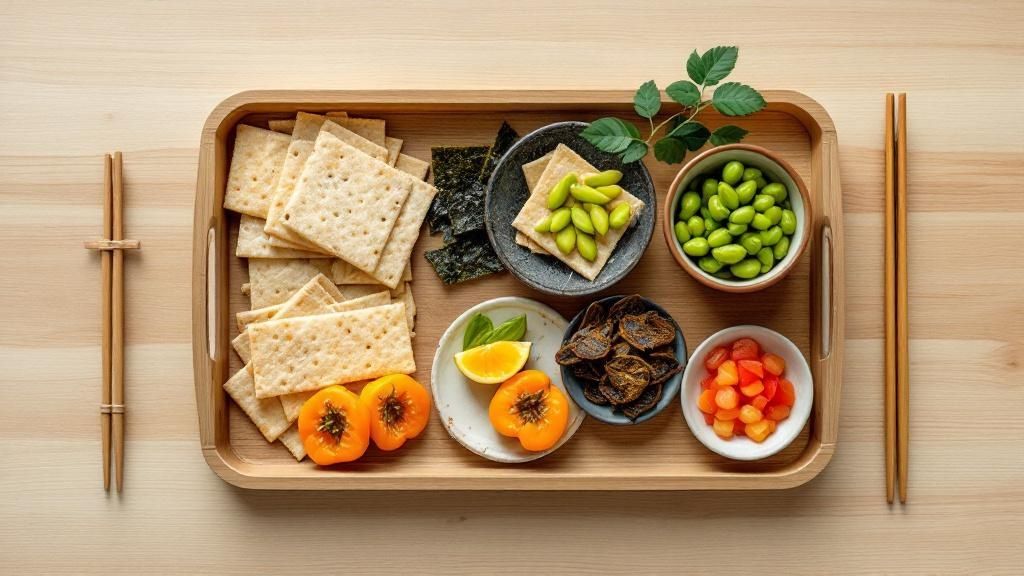
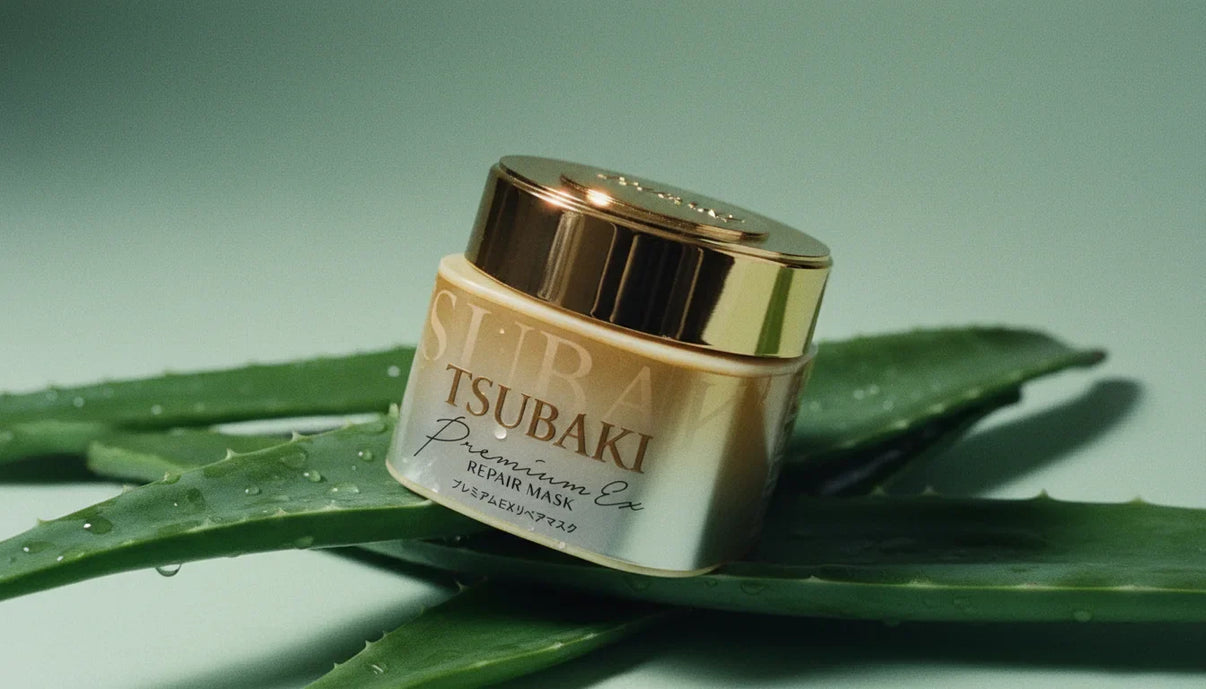

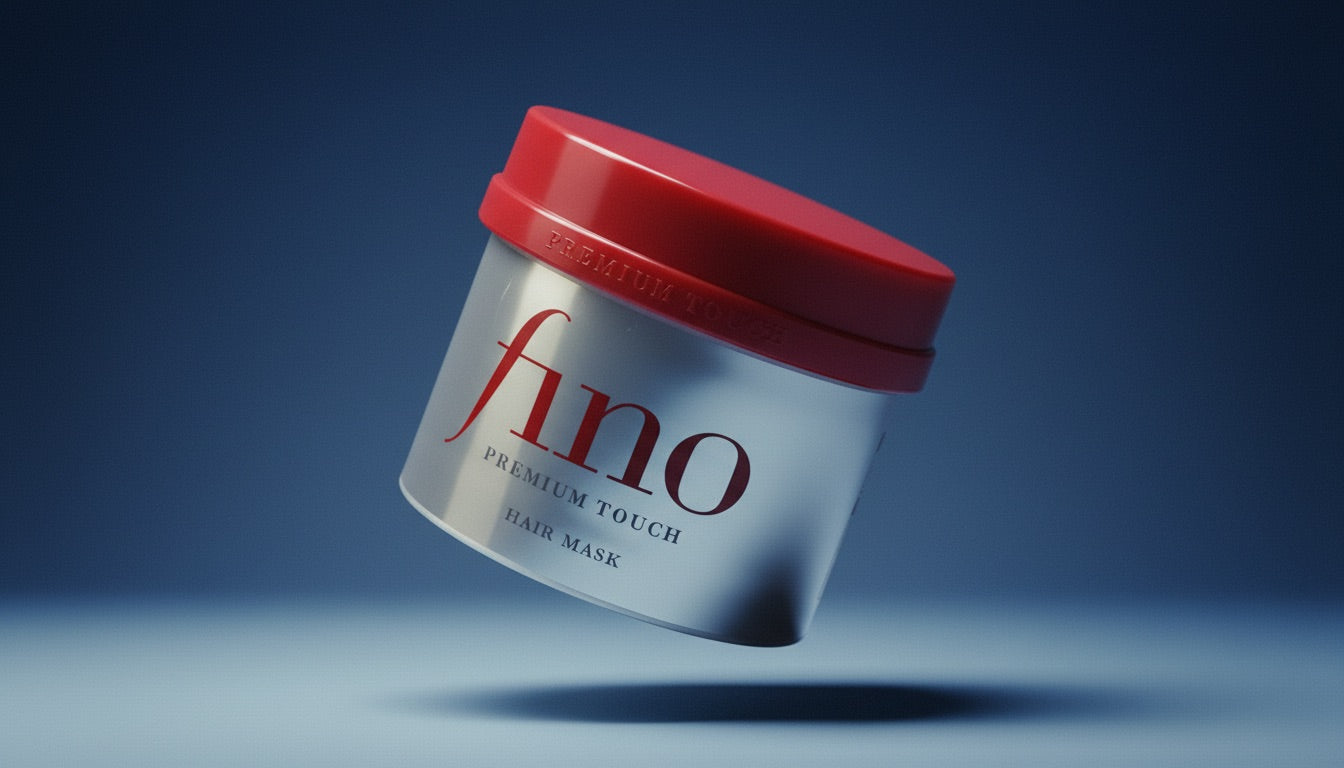
Share:
A Guide to Japanese Fermented Foods
Your Guide to Japanese BBQ at Home